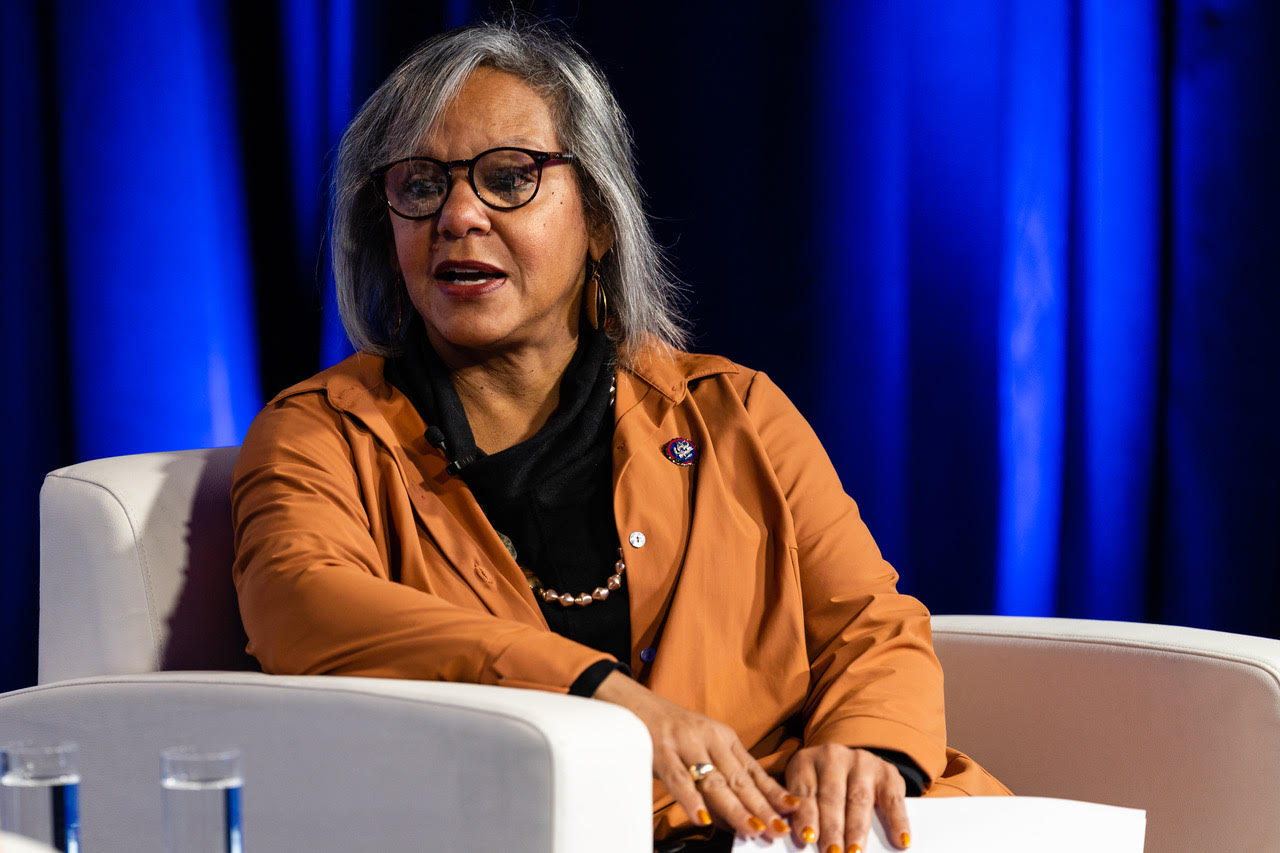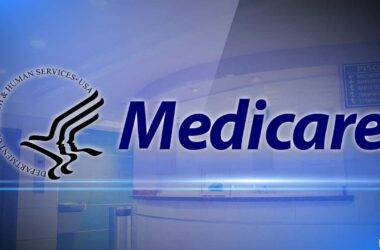Washington, DC–(ENEWSPF)–March 26, 2015. U.S. Health and Human Services Secretary Sylvia M. Burwell today announced a targeted initiative aimed at reducing prescription opioid and heroin related overdose, death and dependence. Deaths from drug overdose have risen steadily over the past two decades and currently outnumber deaths from car accidents in the United States. The President’s FY 2016 budget includes critical investments to intensify efforts to reduce opioid misuse and abuse, including $133 million in new funding to address this critical issue.
The Secretary’s efforts focus on three priority areas that tackle the opioid crisis, significantly impacting those struggling with substance use disorders and helping save lives.
- Providing training and educational resources, including updated prescriber guidelines, to assist health professionals in making informed prescribing decisions and address the over-prescribing of opioids.
- Increasing use of naloxone, as well as continuing to support the development and distribution of the life-saving drug, to help reduce the number of deaths associated with prescription opioid and heroin overdose.
- Expanding the use of Medication-Assisted Treatment (MAT), a comprehensive way to address the needs of individuals that combines the use of medication with counseling and behavioral therapies to treat substance use disorders.
Addressing the opioid crisis is a top priority for the department and the Secretary is committed to bipartisan solutions and evidence-informed interventions to turn the tide against opioid drug-related overdose and misuse.
“Opioid drug abuse is a devastating epidemic facing our nation. I have seen firsthand, in my home state of West Virginia, a state struggling with this very real crisis, the impact of opioid addiction. That’s why I’m taking a targeted approach to tackling this issue focused on prevention, treatment and intervention,” said Secretary Burwell. “I also know we can’t do this alone. We need all stakeholders to come together to fight the opioid epidemic.”
Prescription drugs, especially opioid analgesics—a class of prescription drugs used to treat both acute and chronic pain such as hydrocodone, oxycodone, codeine, morphine, and methadone, have increasingly been implicated in drug overdose deaths over the last decade. Deaths related to heroin have also sharply increased since 2010, with a 39 percent increase between 2012 and 2013. Among drug overdose deaths in 2013, approximately 37 percent involved prescription opioids. Given these alarming trends, it is time for a sustainable response to prevent and treat opioid use disorders.
As part of these priority areas, the Secretary’s efforts build on current HHS strategies to address the opioid epidemic and expands many of the most promising initiatives with the greatest potential for impact, including:
Helping health professionals to make the most informed prescribing decisions:
Teaching medical professionals how and when to prescribe opioids by working with lawmakers on bipartisan legislation requiring specific training for safe opioid prescribing and establishing new opioid prescribing guidelines for chronic pain
Supporting data sharing for safe prescribing by facilitating prescription drug monitoring programs (PDMP) and health information technology integration and further adoption of electronic prescribing practices
Increasing investments in state-level prevention interventions, including PDMPs, to track opioid prescribing and support appropriate pain management
Increasing use of naloxone:
Supporting the development, review, and approval of new naloxone products and delivery options
Promoting state use of Substance Abuse Block Grant funds to purchase naloxone
Implementing the Prescription Drug Overdose grant program for states to purchase naloxone and train first responders on its use
Expanding use of Medication-Assisted Treatment (MAT):
Launching a grant program in FY 2015 to improve access to MAT services through education, training, and purchase of MAT medications for treatment of prescription opioid and heroin addiction
Exploring bipartisan policy changes to increase use of buprenorphine and develop the training to assist prescribing
Through bipartisan work across the federal government and with Capitol Hill, as well as strategic partnerships with states and private industry, Secretary Burwell will work to address the current opioid epidemic and reduce prescription opioid and heroin overdoses and deaths.
On March 6, the Centers for Disease Control and Prevention launched the Prescription Drug Overdose Prevention for States program to provide state health departments with resources to enhance their PDMPs and advance innovative prevention efforts. This funding will support approximately 16 states in implementing robust prevention programs to improve safe prescribing practices and turn the tide on the prescription drug overdose epidemic. The application period is currently open to states. As part of her efforts to combat the opioid crisis as outlined above, Secretary Burwell included in the HHS 2016 budget a major expansion of this program so that this critical investment can reach all 50 states and Washington, D.C.
The Food and Drug Administration also plays an integral role in combatting opioid drug-related abuse and misuse from its review of products to monitoring use after distribution. FDA will continue to use its expedited review authorities to encourage the development of non-opioid pain medications intended to treat chronic pain. FDA also supports the wider use of naloxone and is working to support the development of abuse-deterrent opioid products.
For more information on the Secretary’s efforts and this initiative, see here.
Source: hhs.gov








